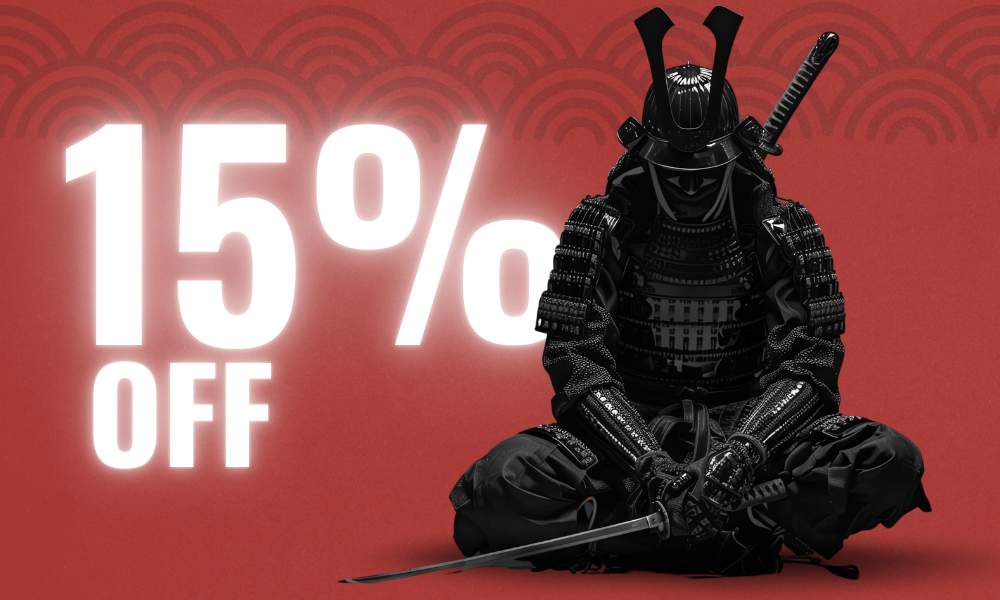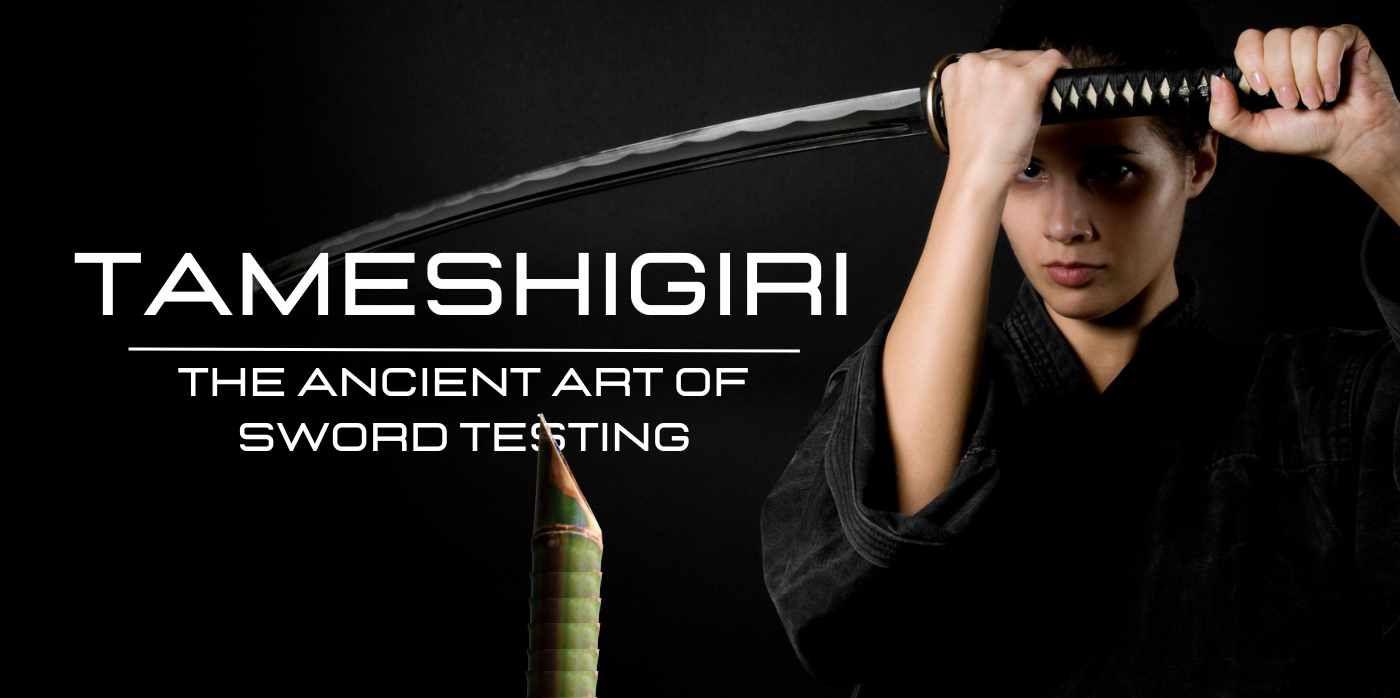What is an Iaito
An Iaito (居合刀) is a Japanese practice sword that is primarily used for the training of Iaido and other traditional Japanese sword arts. Unlike a Shinken, which is a live blade, an Iaito is not made for cutting. The Iaito features a blade constructed from a lightweight alloy of aluminum and zinc, providing a safer and less hazardous alternative to steel. This allows trainees to concentrate on mastering technique and form, minimizing the risk of severe injury.
Designed to replicate the dimensions, weight, and balance of a genuine sword, the Iaito helps students acquire the necessary skills for handling a live blade. It includes essential components akin to those of a real sword, such as a hilt (tsuka), a handguard (tsuba), and a protective scabbard (saya).
Utilizing an iaitō in training serves to offer a secure environment for practicing the intricate art of sword drawing (Iaido), along with foundational forms and combat techniques. This provides a bridge for the practitioner between learning the basic movements and handling a live blade.
It's crucial to note that training with an Iaito should be done under the supervision of a qualified instructor to ensure both proper technique and safety.
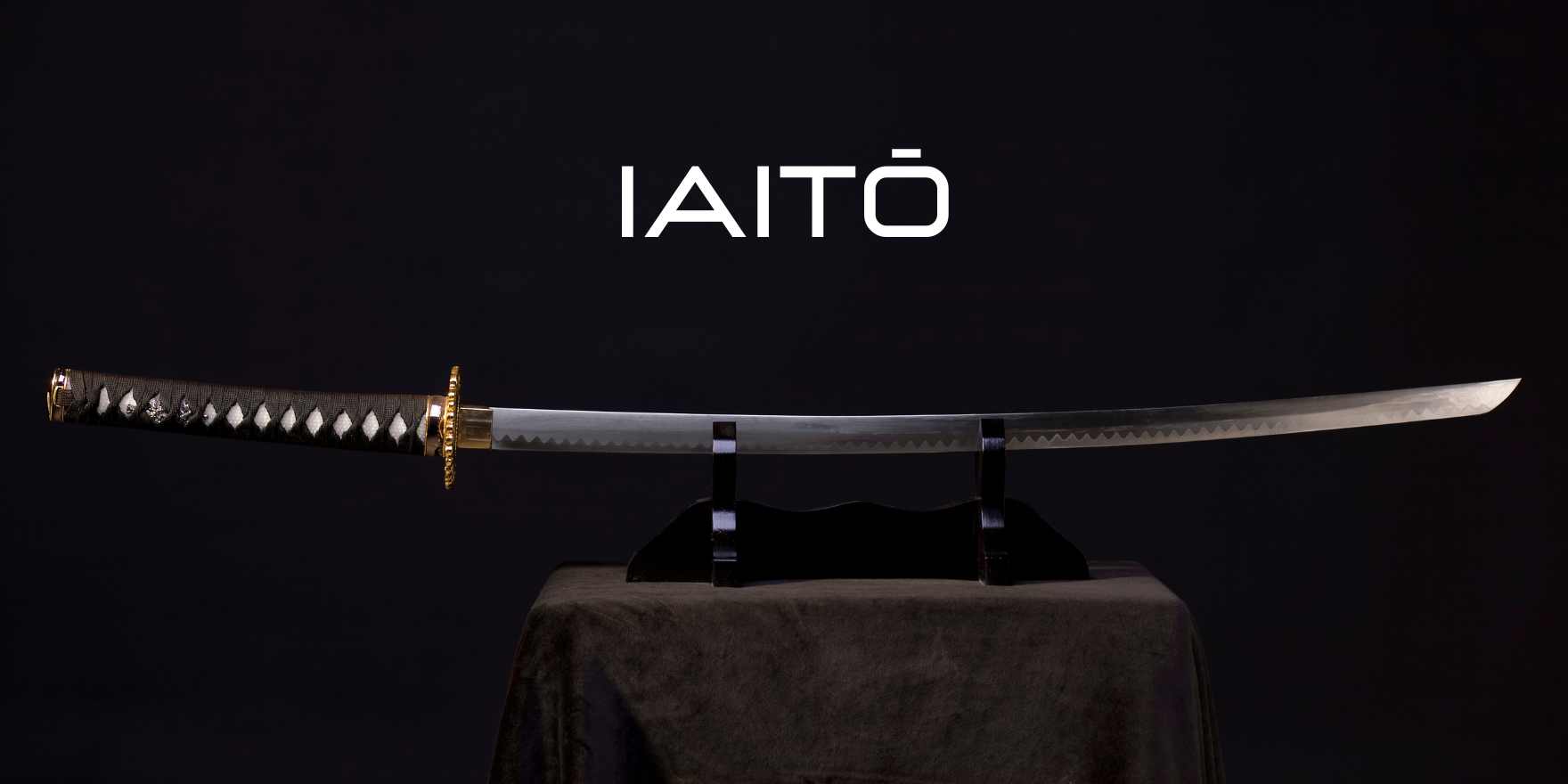
Understanding the Role of Iaito in Martial Arts
The iaito is an unsharpened, metal sword used primarily for practice and training. Unlike a live blade, or shinken, an iaito is not meant for cutting. It is crafted to emulate the size, weight, and balance of a live blade, providing practitioners with a safer alternative for practicing forms and techniques.
The Origin and History of Iaito
The term "Iaito" is Japanese and can be broken down into two parts: "Iai" is derived from "Iaido," the Japanese martial art focused on the smooth, controlled movements of drawing the sword, striking an opponent, and then re-sheathing the sword; "to" means sword. While Iaido itself has roots going back several centuries, the concept of the Iaito as a distinct practice sword is relatively modern.
Traditionally, samurai would practice with real swords (Shinken) or wooden swords (Bokken). As martial arts evolved and became more popular among the general population, including those not from samurai families, the need arose for a practice weapon that offered the realistic feel of a live blade without its lethal cutting potential.
The Iaito was developed as a safer, more practical alternative for practicing Iaido and other traditional Japanese sword arts. It's designed to simulate the weight and balance of a real sword, allowing practitioners to focus on technique and form rather than worrying about the danger inherent in a live blade.
So, the origin of the Iaito can be attributed to the evolving needs of martial arts training, offering a safe yet realistic tool for learning and mastering the art of Iaido.
The Anatomy of an Iaito
While not designed for combat, the iaito closely mimics the structural elements of a combat-ready katana. The primary difference is in the blade material; iaito blades are often made from an aluminum-zinc alloy, which is much lighter than the steel used in a shinken.
Blade (Hamon and Yokote)
The blade of the Iaito is typically made from an aluminum-zinc alloy, which is lighter and less dangerous than steel. This helps practitioners focus on technique and form without the risk of severe injury. The blade may have a hamon, which is a visual effect resembling a temper line, and a yokote, which is the division between the blade and the tip.
Tsuka (Hilt)
The hilt, or Tsuka, is where you grip the sword. It's generally made from wood, wrapped in ray skin (samegawa), and then bound by cotton or silk cord (ito). This construction ensures a firm grip, critical for effective swordsmanship.
Tsuba (Handguard)
The Tsuba is the handguard that sits between the hilt and the blade. It prevents the hand from sliding onto the blade and protects it during practice. The Tsuba can come in various designs, materials, and weights, each affecting the sword's overall balance.
Seppa (Spacers)
These are washers that sit on either side of the Tsuba, helping to keep it in place and ensure the sword assembly remains tightly fitted together.
Habaki (Blade Collar)
The Habaki is a metal piece that fits over the base of the blade. It serves as a stopper for the scabbard and helps to keep the blade in place when sheathed.
Saya (Scabbard)
The Saya is the scabbard in which the Iaito is sheathed. Typically made from wood, it's designed to fit the blade snugly to avoid any rattling or accidental unsheathing. Some Sayas come with a Kurigata, a knob for attaching the Sageo (cord).
Sageo (Cord)
The Sageo is the cord used to tie the Iaito to the Obi (belt) when it is sheathed. The material and length can vary, but it's generally made from silk, cotton, or synthetic materials.
Menuki (Ornaments)
Usually placed under the Tsuka-ito (handle wrap), these are small ornaments that serve both aesthetic and functional roles. They can help improve the grip on the Tsuka.
Kissaki (Tip)
The Kissaki is the tip of the blade. Even though an Iaito is not made for cutting, a well-defined Kissaki is essential for the proper execution of techniques.
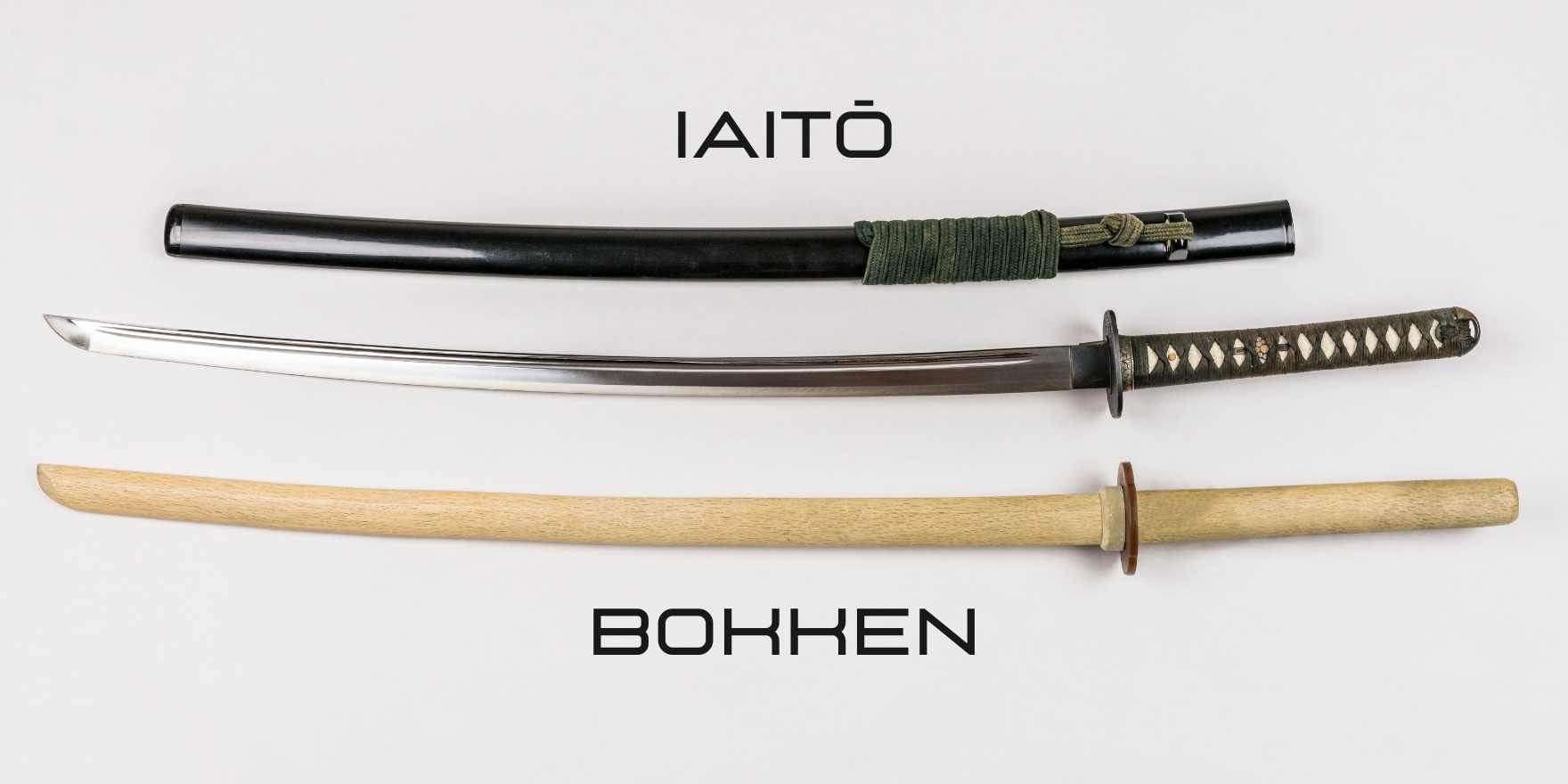
Iaito Materials
Iaito swords are commonly made from an aluminum-zinc alloy for several important reasons, all of which aim to facilitate safer and more effective training in Japanese sword arts like Iaido. Here's why this material is often chosen:
Safety
One of the primary reasons for using aluminum-zinc alloy is safety. Unlike steel blades, which can be sharp and potentially dangerous, aluminum-zinc blades are unsharpened. This reduces the risk of accidental cuts or serious injuries during practice.
Weight and Balance
The aluminum-zinc alloy used in Iaito blades is less heavy than steel, offering easier manageability, particularly for those new to the art. Even with its lighter constitution, this alloy can be expertly balanced to replicate the weight distribution of a live blade, thereby facilitating the honing of correct sword-handling techniques.
Durability
The alloy is corrosion-resistant and less prone to damage compared to a carbon steel training sword, which might rust or require more frequent maintenance. This makes an Iaito more practical for regular, rigorous practice.
Focus on Technique
The use of a non-lethal blade material encourages the practitioner to focus on technique rather than cutting ability. This is particularly important in the practice of Iaido, which emphasizes smooth, controlled movements and precise technique.
Cost-Effectiveness
Aluminum-zinc alloy is generally less expensive than high-quality carbon steel, making Iaito swords more accessible for students who are not yet ready to invest in a live blade.
Legality and Accessibility
In some jurisdictions, there are restrictions on owning or transporting real swords. Aluminum-zinc alloy blades often do not fall under these restrictions, making them more accessible for practice without legal complications.
By utilizing aluminum-zinc alloy, Iaito swords provide a safer and more practical alternative for learning the art of Japanese swordsmanship. It's worth noting, however, that training with an Iaito should still be conducted under the supervision of a qualified instructor to ensure both proper technique and safety.
How to Choose the Right Iaito
Selecting the appropriate iaito can be as individualized as choosing a live blade. Factors to consider include length, weight, and balance. Many specialized iaito sword shops offer customization, allowing you to create an iaito tailored to your specific needs.
Practicing Iaido with an Iaito
Iaido, the art of drawing the sword, is one of the primary disciplines where an iaito is used. The focus is not on clashing with an opponent but rather on the smooth, controlled movements of drawing, striking, and replacing the sword in its scabbard. Training with an iaito in Iaido allows for a full range of motions and techniques without the risk of injury that comes with using a live blade.
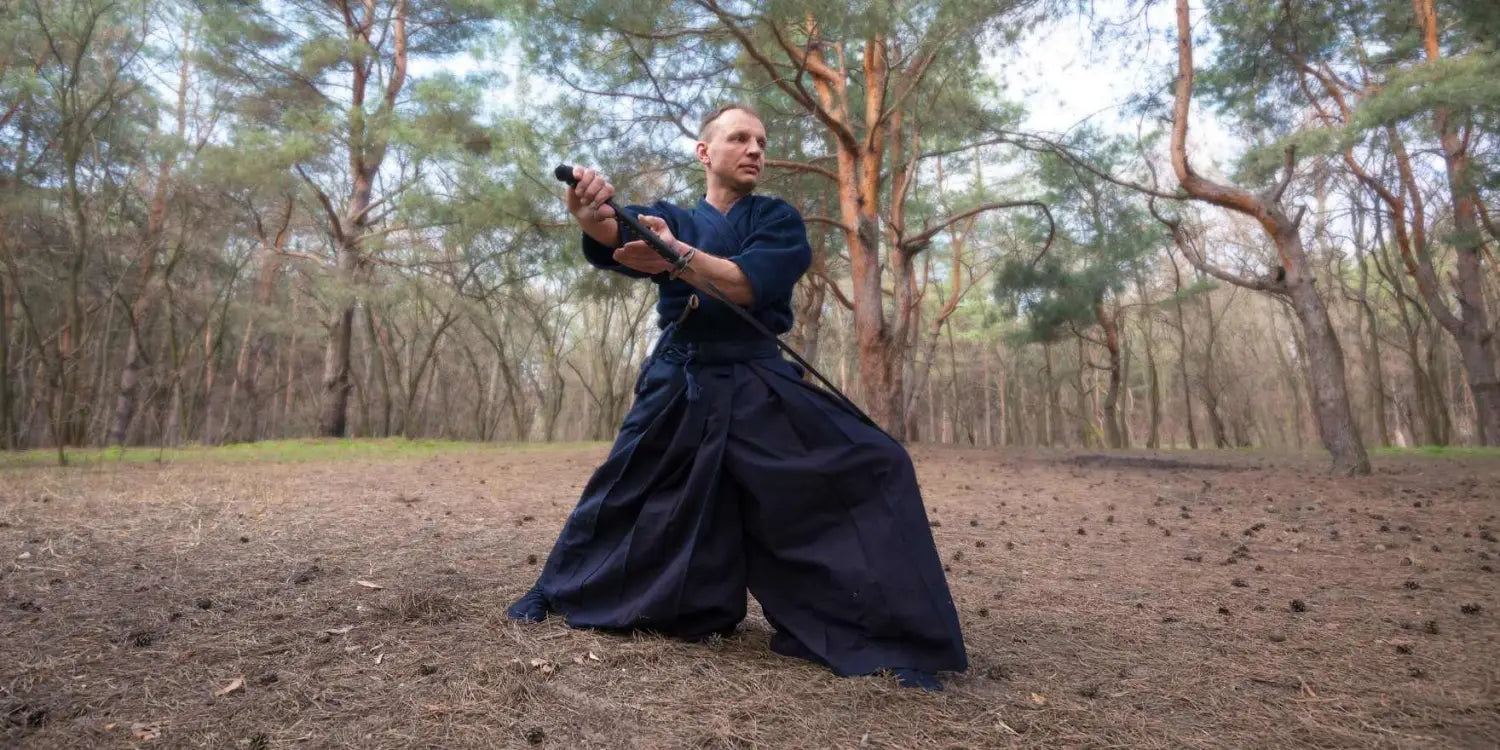
Maintenance and Care of the iaito
Even though it's a practice weapon, an iaito still requires proper care to ensure its longevity. This includes regular cleaning, inspections for any damage, and proper storage. Remember that while it may not be sharp, neglecting proper maintenance can result in a weapon that's dangerous to use during practice.
Understanding the iaito is crucial for anyone serious about Japanese martial arts, especially styles like Iaido and Kenjutsu that focus on swordsmanship. Whether you’re a beginner looking to get started or a seasoned martial artist, the iaito is an invaluable tool in your training arsenal.


